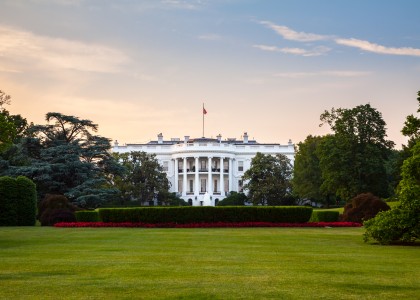Property assessed clean energy (PACE), a popular, long-term financing tool for energy and water conservation projects, has grown quickly in recent years across the United States.
The PACE market increased by 75% from 2016 to 2017, completing $251 million in funding by the end of 2017, according to PACENation, a private advocacy group. The impact is significant. Commercial PACE funding has cumulatively saved 6.3 billion kWh, which equals the electricity used by about 25,000 commercial office buildings each year.
PACE financing, used for energy efficiency and clean energy projects, is repaid as an assessment on a property’s tax bill. This financing mechanism means the loan stays with the property rather than the customer, even if the property is sold. To date, 36 states and the District of Columbia have passed PACE-enabling legislation, the first step in giving customers access to this financing tool. Local governments in these states then establish programs, which may be run by third parties.
Commercial PACE, or C-PACE, has been driven by expansion into new markets. In Milwaukee in 2016, PACE Equity financed $7 million of a new Marriott hotel, the first new construction project to use PACE financing in its capital stack. PACE financing accounted for 10% of the project’s development costs, including improvements to HVAC, water heating, windows, and controls. These upgrades resulted in 42% energy savings over code. PACE Equity has also applied C-PACE to new construction projects in other states, including Arkansas, Colorado, Kentucky, and Missouri. According to PACENation, PACE financing can currently be applied to new commercial construction projects in 11 states.
Multifamily upgrades
PACE providers have also begun to finance efficiency upgrades in multifamily housing. Lean and Green Michigan, the statewide PACE administrator, has developed several of these projects. In 2018, it worked with Hannon Armstrong and Counterpointe SRE to develop a PACE project that will turn a pair of brick buildings near the state capitol into a mixed use space, including six multifamily units. The project’s capital stack includes PACE financing, brownfield funding, traditional bank financing, and historic tax credits.
Still, these types of projects are not easy. A 2018 report found that C-PACE uptake was limited for multifamily properties because of the complexity of the financing deals, access to other (possibly more favorable) financing options, limited technical support, and competing priorities within project scopes. Nonetheless, PACE seems to be gaining traction in this space and there is significant opportunity, especially when it comes to financing upgrades for affordable multifamily buildings.
Building resiliency
Several states (e.g., Alabama, California, Connecticut, Florida, Oregon, and Utah) have begun to focus on PACE as a tool to address building resiliency. These projects emphasize comprehensive upgrades that include building envelope improvements and energy efficiency measures paired with distributed energy, storage, and non-energy measures targeted at flood mitigation and wind resistance.
In 2016, Hannon Armstrong and Counterpointe SRE provided $500,000 in PACE financing for Southern Oaks Rehab and Nursing Center in Pensacola, Florida for a project to improve the center’s resiliency and energy efficiency. The project included a full retrofit of the building’s roof and windows, helping maintain building temperatures longer and reducing the demand on cooling units. 2017 saw the largest PACE financing project to date, a $40 million collaborative investment from CleanFund Commercial PACE Capital and PETROS PACE Finance to fund a seismic retrofit of a hospital in California. Legislation to add resiliency to PACE is now pending in Virginia and Washington.
Residential challenges
Unlike the commercial sector, the residential space still has important details to iron out. R-PACE has gained a major foothold in California, Florida, and Missouri, with more than $5 billion in financing across 220,000 home upgrades. But some policymakers are concerned that there are inadequate consumer protections in place to defend homeowners from predatory lending. California passed legislation in 2017 meant to address these concerns by placing residential PACE administrators under the regulatory oversight of a state agency, establishing licensing requirements for contractors, and adopting new underwriting guidelines that emphasize ability-to-pay standards.
Earlier this month, a federal agency took action. The Consumer Finance Protection Bureau issued an Advance Notice of Proposed Rulemaking soliciting information on R-PACE to explore whether the Truth-in-Lending Act and other consumer protection provisions could be applied to PACE financing.
PACE has ramped up quickly over the past several years, accounting for almost $6 billion in project financing. Although commercial PACE is thriving, there are still steps to be taken to ensure that homeowners are adequately protected against predatory lending before residential PACE financing will be adopted more widely. Overall, PACE is a powerful mechanism for financing sustainable, energy efficient projects and reducing electricity consumption on a large scale.



